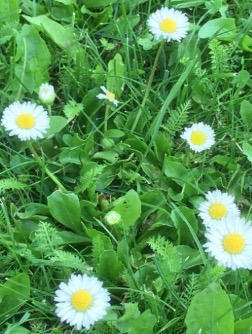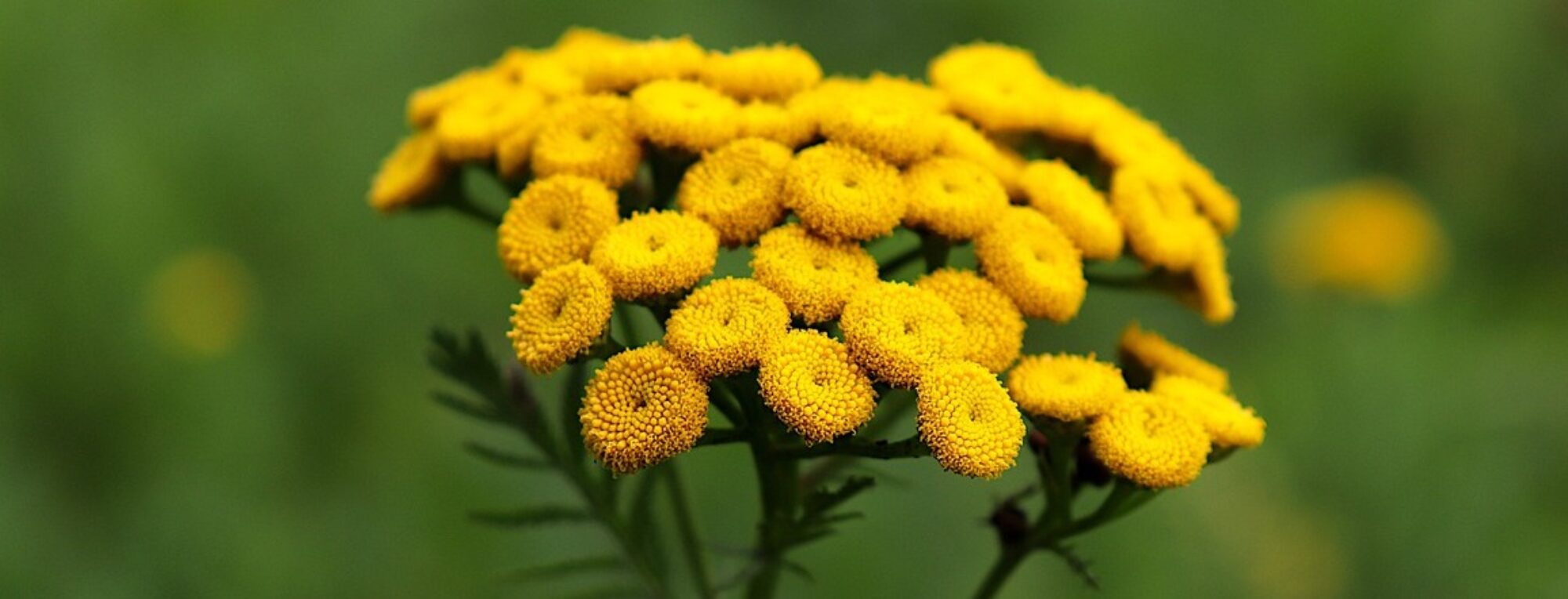
English name: Daisy
Family: Asteraceae
Botanical characteristic: Perennial herb, 5 – 10 cm tall. The leaves are arranged in a ground rosette, the leaf blade is spoon-shaped. The stem is round and hairy. At the end of the stem there are 1 – 3 cm wide tufts. The tongue-shaped flowers are white, the tubular flowers yellow. The fruits are achenes.
Microscopic drawing:

Distribution: It grows in gardens, parks, meadows and pastures, from lowlands to high mountain areas.
Drug: Bellidis flos
Harvesting method: Flowers are collected from May to June. Flowers with a stalk are collected by hand or with scissors at the beginning of flowering.
Drying: The flowers are dried naturally in thin layers in an airy, ventilated place, in the shade. Artificially in a drying room, where the temperature must not exceed 40 °C.
Active substances: In daisies we find triterpene saponins, flavonoids, polyins and traces of essential oils.
Uses: It has no therapeutic use in “western medicine”. However, in folk medicine it is used for respiratory catarrh, liver diseases and skin problems.
Selected herbal preparations: LEROS IMMUNITY MAXIMUM infusion bags 20×1.2 g, TEEKANNE BČ THROAT AND RESPIRATORY TRACT herbal mixture 10×2 g, VITAR SUPER BETA CAROTENE tbl with marigold and daisy 120 pcs.
